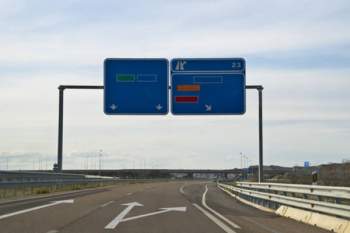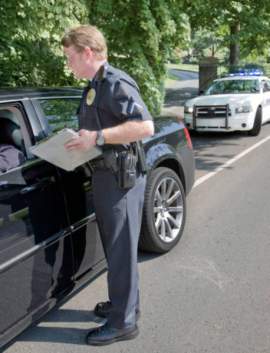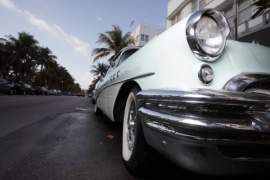
Traffic Signs

Your Guide to Traffic Signs Everyone who has ever driven or ridden in a car has seen them:traffic signs are everywhere. Have you ever wondered why a stop sign in Alabama looks virtually the same as a stop sign in Wyoming—or, for that matter, why stop signs are red? This guide will give you a brief history of traffic signs and also tell you about today's traffic signs, which are regulated by the United States Department of Transportation. A Brief History of Traffic Signs The oldest traffic signs we know about were in ancient Rome, and used as mile markers. Today, most of us would consider stop or yield signs much more important than mile markers, but the use of complex signage on roadways developed primarily in conjunction with the rise of the automobile, which could achieve greater speed. This greater speed led to a greater need for signage to avoid accidents, and modern traffic signs were born. Traffic signs of the early 20th century didn't resemble today's signs. Every town and state had its own signs that were unregulated, and trying to figure out which sign meant what could be difficult if you were in a new place. Standardization efforts for traffic signs began in the 1920s, when the International Police Conference decided to begin standardizing based on New York City's traffic signs. At this time, almost all the traffic signs in New York City used arrows—a down arrow meant “stop,” detour signs pointed left or right, and dangerous crossing signs used two arrows. Arrows fell out of favor rapidly in favor of new, geometric shapes. The stop sign, in its current red-and-white octagonal form, dates from 1954. For more than two decades before this, stop signs were yellow, which was brighter in the dark. Red stop signs were only invented after fade-resistant, reflective paint could be used to make them visible at night. Modern Regulation of Traffic Signs Traffic signs in modern America are regulated by the Manual on Uniform Traffic Control Devices (MUTCD), which is a document created by the federal Department of Transportation, or a similar state document. Recently, a revision was made to the MUTCD, which is routinely updated as new traffic studies are done. The Department of Transportation collects data about the effectiveness of road signs and incorporates it into each new edition of the MUTCD. The most recent version allows more freedom for traffic signs to be larger in areas where larger sizes could make drivers safer. Today's Traffic Signs Here, you can see illustrated some of our traffic signs today. In America, our traffic signs are color-coded—red indicates stopping or a prohibition on an activity (like a “no U-turn” sign). Yellow signs exist as warning indicators, and blue signs designate highway information. The size, fonts, and colors of these traffic signs are all specified in exact detail in the MUTCD. This attention to detail means that when a new traffic sign type is shown to be safer, states can adopt the exact same new safety features. Standardization of traffic signs also makes it easy to drive in unfamiliar territory—a feature that drivers of the early 20th century would, no doubt, have been envious of.


















